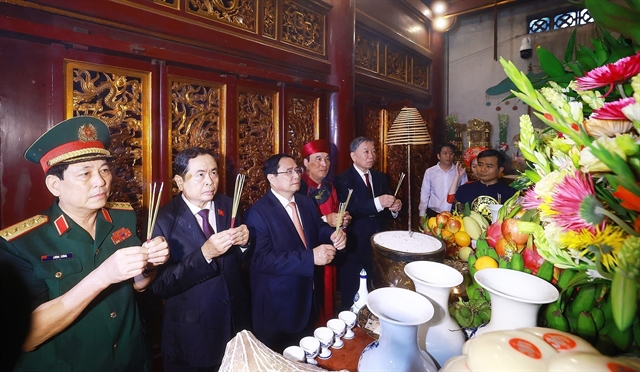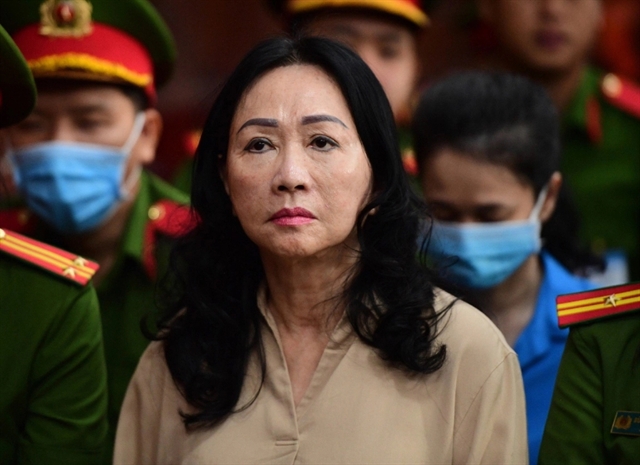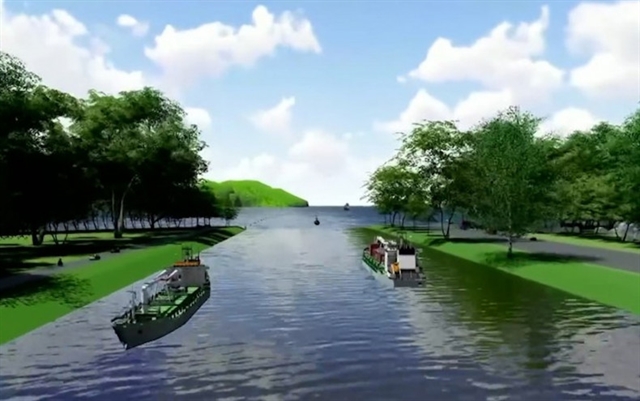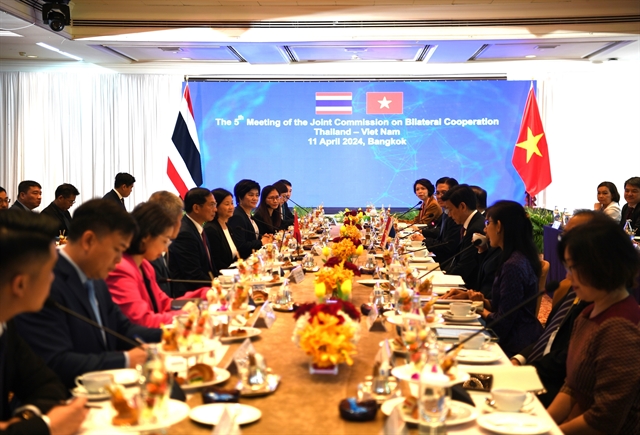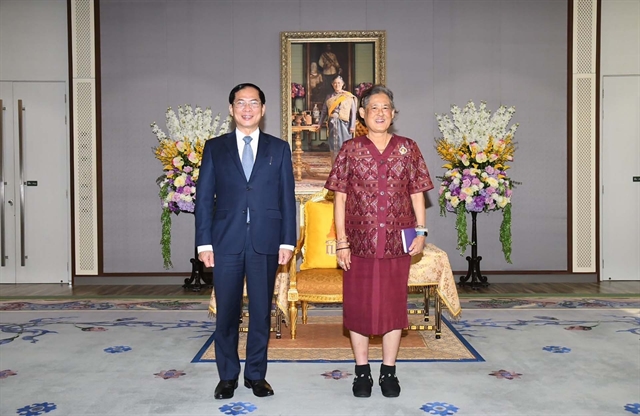 Life & Style
Life & Style

I arrived in Pleiku on time when the coffee flowers are blossom with fragrance spreading across the central highlands city.
 |
| The old city prison which was built by French in 1925 now has become a historical vestige that opens for visitors. |
by Mathilde Tuyet Tran
I arrived in Pleiku on time when the coffee flowers are blossom with fragrance spreading across the central highlands city.
Coffee flowers are purely white-the colour could make anybody thrilled and overwhelmed with emotion.
I have never been able to enjoy such a scent that spans the air and suffocates over my surrounding areas.
Serenga flower is also white, famous for its fragrance which could be used for producing expensive perfumes. In my garden in France there is a Serenga bloom but its fragrance is not as comfortable as coffee flowers in Pleiku.
Most of coffee flowers in Pleiku are Robusta coffee planted in the red soil and often blossom like others flowers during Tết (Lunar New Year) to welcome spring. The trees will give fruits in two months after the blossom and this is also time for harvest.
Gia Lai coffee or the coffee planted across the Central Highlands province of Gia Lai is extremely tasty and can compete with any others coffees in the world.
Visiting an old field of tea and coffee, which used to belong to a French owner, I found that tea in Pleiku is not as popular as others categories in northern Việt Nam, but coffee plants there are worth to admire.
Fragrant aroma of coffee flowers attracted flocks of honey bees hovering around. I have known that coffee honey made in Gia Lai was also one of the favourite products in domestic markets.
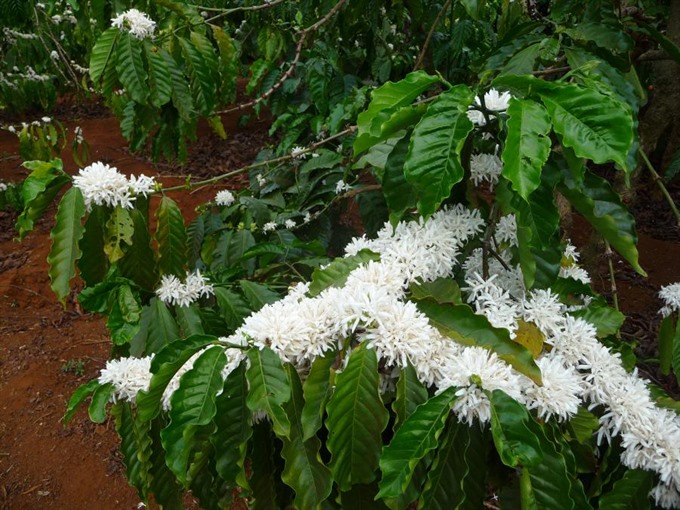 |
| Coffee flowers in the central highlangs city of Pleiku. — VNS Photos Mathilde Tuyet Tran |
Gia Lai Province and its capital city of Pleiku are tourism attractions due to not only their agriculture products like coffee, tea and honey but also others items imported from the central province of Bình Định’s Qui Nhơn City.
Along the National Highway 19 from the city towards the west are sold many local specialties including Bầu đá wine, Tây Sơn traditional hats and coconut cakes across the road.
Travelling along the An Khê mountain pass at the high level of 499m over the sea level through vicious turning corners may bring you unique adventurous atmosphere.
Sugar canes forest on the two sides of the pass, pepper and rubber fields in the far distance will also bring you more admiring scenes.
After about 40 kilometres through the An Khê pass will be followed by another pass-the Mang Yang where you will face more spacious broad fields of pepper, rubber and lemon.
Mang Yang is about 7.5km long and located at 788m over the sea level but less craggy than the An Khê pass.
Pepper in Gia Lai, particularly those in the natural forest, is special for its taste and fragrance and may be due to the way locals process it.
After harvesting, farmers often dry pepper corns under the most burning of sun light.
From Mang Yang Pass towards Pleiku, through the Đak Đoa Town where you can see crowded streets and houses, the Qui Nhơn-Pleiky trip stretching about 185km takes about three hours and a half.
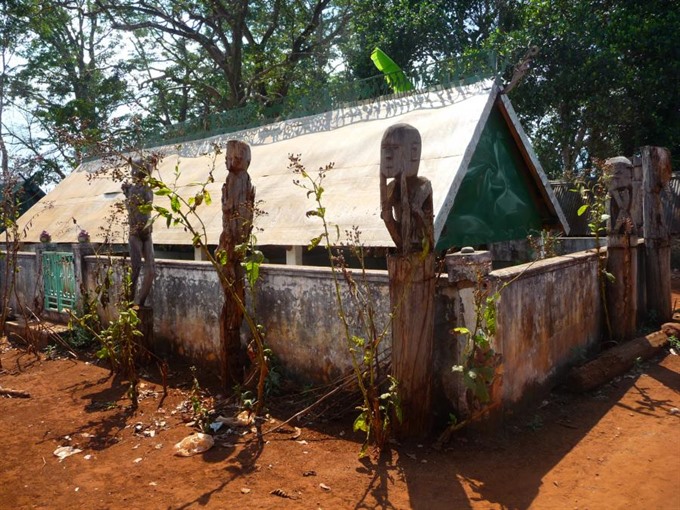 |
| Part of a Yarai family’s tomb area in Pleiku. |
Pleiku City was founded by the French in 1905 with the name Pleiku having been Americanised. The original name was Ploi Kơdur following the language of Yarai people.
Ploi Kơdur written by Latin alphabet means làng thượng (upper village), according to H’wang, a tourist guide.
Pleiku is currently the capital city of Gia Lai Province. It is the third largest city in the Central Highlands after Đà Lạt and Buôn Ma Thuột, with a population of about 215,000 including three main ethnic groups of Kinh, Yarai and Bana.
The city is located at an average level of 700-800m over the sea level and characterised by mountainous. Weather there is the most typical of mountain areas with monsoon and rainy seasons around the year.
H’wang revealed a traditional story about the Yarai people of whom the marriage custom is the most interesting culture.
According to H’wang, the Yarai follows matriarchy so Yarai girls have to go to "catch" their husbands. Yarai young men are titled to set the price for being “catched”.
Basing on current market conditions, the average price that a girl’s family should have to pay for the boy is about VNĐ80 million depending on the boy’s status and character, says the guide.
“If the marriage is successful, the girl or usually her family, also has to bear all costs for the wedding party including the slaughter of cows, pigs, buffaloes and chicken.
Funeral customs are also one of the most attractive spritual tradion that tourists may want to discover.
As the Yarai is matriarchy, when the mother died, she would be buried in the centre of the family tomb area. Her children would also be buried around her when they died.
Pleiku is also with others place worth to visit including the ancient traditional vestiges including a prison built in 1925 by the French invaders and the Biển Hồ lake providing fresh water for the whole city.
Ending my trip to Pleiku has made me much happy and proud to be a Vietnamese. I also found a vast potentials for the city to develop its tourism industry due to the benefits that nature and weather have offered to it. — VNS



